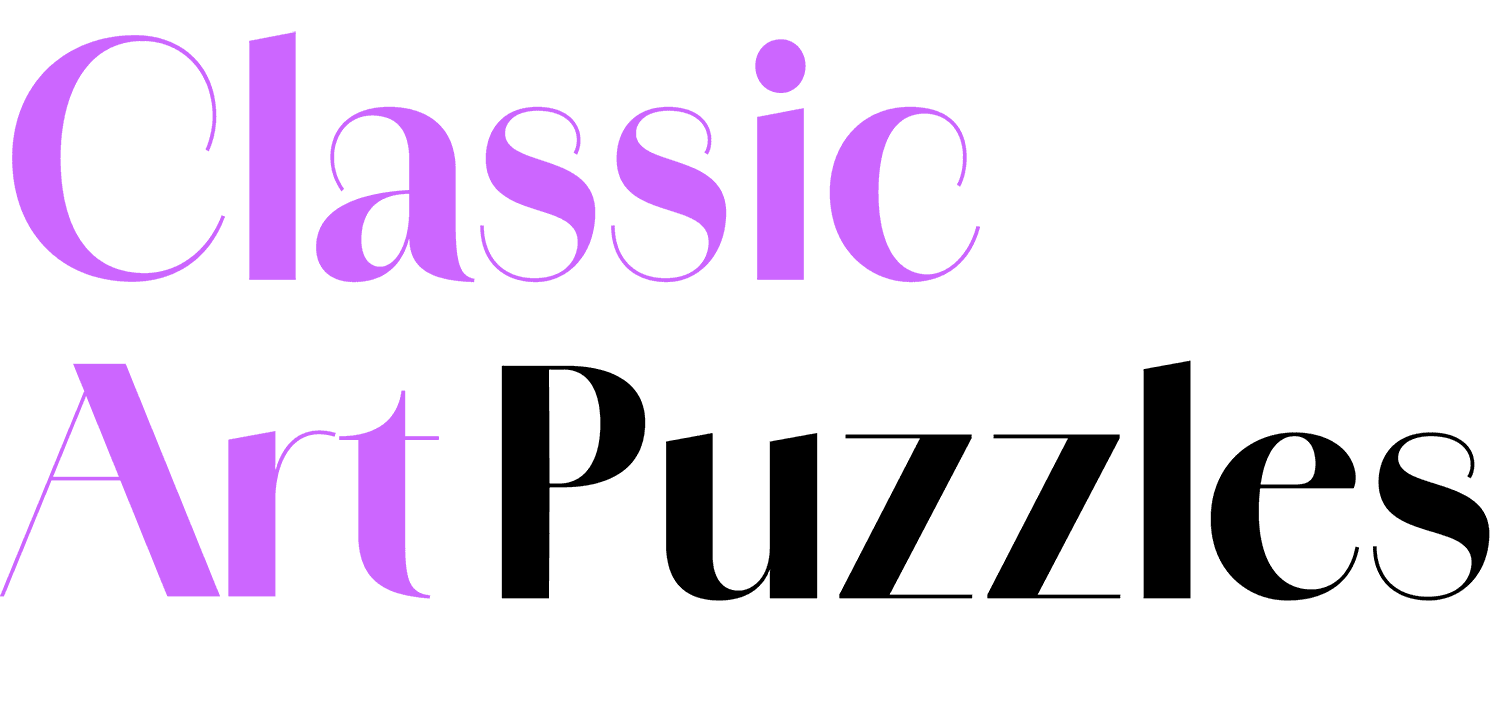Table of Contents
Spot the Difference Puzzles for Preschoolers are more than just a fun way to pass the time — they offer an engaging blend of play, observation, and early learning. For children ages 3–5, these puzzles enhance visual attention, working memory, and cognitive flexibility while providing a satisfying, screen-free activity.
But not all puzzles work equally well for this age group. This guide will walk you through the most suitable art styles and formats, highlight trusted print and online resources, and explain why complex styles like classic art or digital formats are better for older children, teens, and adults.
Why Preschoolers Require a Unique Approach
At ages 3–5, kids are developing essential visual discrimination skills—the ability to notice subtle changes in shape, color, or position. Effective Spot the Difference Puzzles for Preschoolers should therefore offer:
- Simple, uncluttered illustrations
- Large, bold differences (usually 3–5 per puzzle)
- Familiar, friendly themes
- Durable and tactile formats for little hands
When designed thoughtfully, these puzzles become learning tools disguised as games.
Ideal Art Styles to Create Spot the Difference Puzzles for Preschoolers
1. Bright, Playful Illustrations
Simple cartoons with vibrant colors and big shapes work best. Think bold lines and high contrast—children can easily focus on differences in these styles.
2. Whimsical Storybook Scenes
Soft not too saturated pastels and happy characters (like animals having a picnic) provide comfort and imaginative context as preschoolers search for visual changes.
3. Nature & Everyday Life Themes
Scenes children recognize—like farms, playgrounds, or neighborhood walks—help build connections and ensure they stay interested.
What to Avoid for Ages 3–5
Steer clear of content that overwhelms young puzzlers:
- Highly detailed or historically complex artworks
- Cluttered or busy backgrounds
- Subtle, nearly invisible differences
- Mature or abstract themes beyond a preschooler’s understanding
Classic paintings, though beautiful, often don’t match young children’s developmental needs.
Best Formats for Preschool Puzzle Engagement
- Board books – durable, easy to hold, and ideal for little hands.
- Laminated sheets – reusable with washable markers.
- Wall posters – excellent for group activities or classroom fun.
These formats outshine purely digital examples at this age, offering tactile interaction and resilience.
Spot the Difference Puzzles for Preschoolers: Trusted Printable & Book Resources
Here are reputable resources offering spot the difference materials tailored to young children:
- Usborne’s Little Children’s Spot the Difference Book – Adored for its charming illustrations designed for preschoolers.
- The Big Book of Find the Difference by Woo! Jr. Kids Activities** – Filled with playful illustrations appropriate for early learners.
- I Spy Series (Jean Marzollo & Walter Wick) – Though slightly more challenging, these books offer vivid search-and-find fun with rhyming riddles.
- Free printables from PrintItFree.net – Includes coloring-friendly spot the difference sheets perfect for preschoolers.
- Kid-themed printables at KidsPuzzlesAndGames.co.uk – Offers playful puzzles featuring animals and everyday themes, ideal for reuse when laminated.
- TeachersPayTeachers – Offers educational printables, including spot the difference worksheets tailored for Kindergarten-age learners.
- MyHomeSchoolMath’s free PDFs – Downloadable printables with puzzles of varying difficulty, free for personal use.
These options provide tangible ways to access Spot the Difference Puzzles for Preschoolers, suitable for home or school settings.
Using Printables: Tips for Parents and Teachers
- Download & review illustrations on screen first – ensure simplicity and visibility before printing.
- Print on sturdy paper or laminate for reuse.
- Use erasable markers for repeated play.
- Use puzzles as warm-ups in activity time or class transitions.
Digital Flipbooks & Classic Art: Perfect for Later Years
While our specialty at Classic Art Puzzles lies in spot the difference classic paintings, these are better suited for older kids and adults. With historical artwork, high resolution, and interactive features, our digital flipbooks offer depth—but are visually overwhelming and not ideal to deliver spot the difference puzzles for Preschoolers
Once children grow older, these flipbooks are an enriched progression for continued visual and cultural development.
Supporting Preschool-Level Puzzle Play
- Play together — guide children without pointing everything out; ask “Can you spot the bird with a different color?”
- Encourage concentration — brief daily sessions build attention spans.
- Celebrate wins — positive reinforcement fosters confidence.
- Expand into stories — what’s happening in the scene? Who lives here?
When They Are Ready for More
As children approach elementary age, their interest and ability to appreciate more detailed art-driven puzzles will grow. That’s when transitioning them to Classic Art Puzzles’ flipbooks—filled with famous paintings and interactive features—becomes a seamless step, nurturing both their visual skills and cultural understanding.
Final Thoughts
Spot the Difference Puzzles for Preschoolers should combine age-appropriate simplicity with engaging, colorful visuals. Choose board-style formats, foster gradual mastery, and build confidence through playful learning. When they’re older, our digital flipbooks provide the perfect next chapter—rich in art, complexity, and lasting engagement. While spot the difference puzzles one of puzzles suit a wide range of ages, it is crucial to carefully match the puzzle with player age in terms of themes, art styles, difficulty and number of differences, and format in the puzzles will be delivered.



